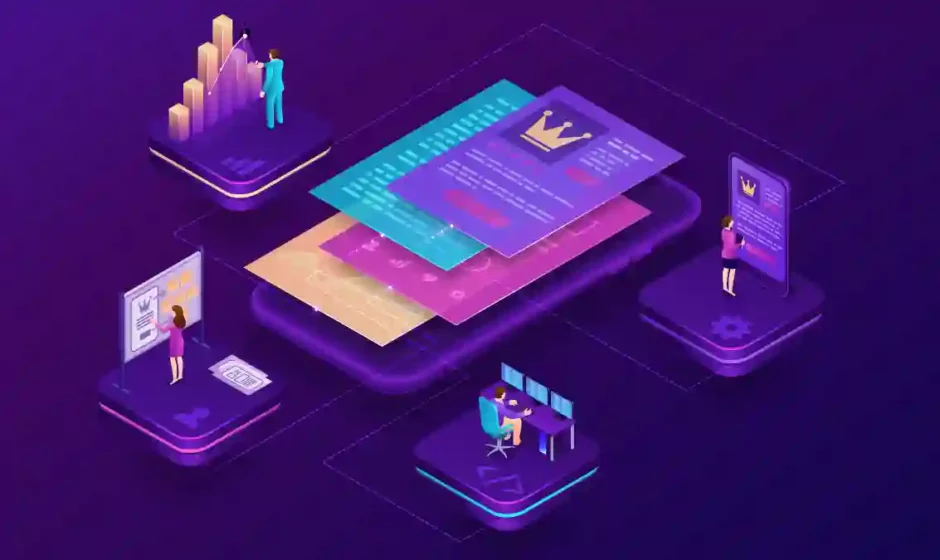Creating a software program from scratch can be a time-consuming process. It’s even more challenging if you don’t have the technical skills.
First, you must identify core business challenges and requirements. Then, determine how your software will address them better than existing solutions. This step is critical to ensuring the success of your project.
1. Brainstorming
Brainstorming is a creative problem-solving method. It involves generating new ideas and building on existing ones. It can be done individually or in a group. During brainstorming sessions, participants share their thoughts and ideas without judgment.
The goal of this step is to find out how a software can meet user needs and solve problems. It also includes identifying potential solutions and evaluating them for their cost, timeline, and technology challenges.
It is important to have a diverse team participating in the brainstorming session. This helps to ensure that all ideas are considered, even if they seem silly at first. It also reduces the likelihood of falling for cognitive biases such as anchoring, where the first idea gets more attention than the others. This leads to a more productive brainstorming session.
2. Designing
The first step in software development is the design phase. This involves defining the various components of the program, as well as how they will work together. It also involves creating a wireframe, which is an early prototype of the software’s user interface.
Once the design is complete, it’s time to start coding. This is the part of the process that takes the longest, and it’s often a good idea to use a code editing tool to make the task easier.
In addition, it’s important to set up a clear system for communication among the team members. This will help everyone stay on track and avoid any miscommunication issues. It’s also a good idea to use an established medium for communication (email, Slack, etc.) so that everyone can easily find the appropriate person to talk to when they need assistance.
3. Coding
Coding is the process of creating a set of instructions that computers can interpret and follow. This allows users to build software that does all kinds of things, from websites to artificial intelligence systems. People who create code are called programmers or developers.
When you write code, it must be precise and clear. Every programming language has a unique syntax that defines how words and symbols must be used. Many programmers use tools that check syntax and help them write code more quickly and accurately.
Once your code is complete, you must test it for bugs. Testing helps you find and fix problems before they become major issues that affect the user experience. It also helps you understand how your software works so you can make improvements in the future.
4. Testing
Virtually every business needs software to stay competitive and thrive. But building a new software program is a huge undertaking. It’s important to follow the right steps and make sure you have everything in place before your project is launched.
A team with expertise in software testing is critical for this process. They can help you determine how to set up your test environment and plan your testing schedule. This will help you avoid common errors that can cost time and money.
Testing helps find issues that are difficult to identify by eye. These can include things like typographical errors and confusing application flow. Fixing these issues early on in the development cycle will help prevent bugs from being overlooked when the software is released to users.
5. Maintenance
Creating software from scratch is a process that involves several steps. It can be done most effectively if the team members agree on some conventions and norms that help keep projects on track and efficient.
For example, the team might choose a preferred mode of communication or an approach to solving problems. It might also establish how to handle emergent issues like bug reporting and customer support requests.
During the design stage, UI/UX designers clear requirements and create designs according to wireframes. Depending on the type of software, designers can use tools like Wondershare Mockittthat has an intuitive interface and helps you build prototypes quickly. This allows you to test your software and make changes without changing the core functionality. Then, the design is ready for deployment.


